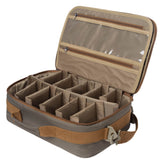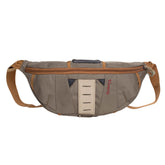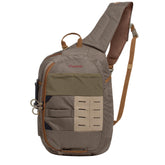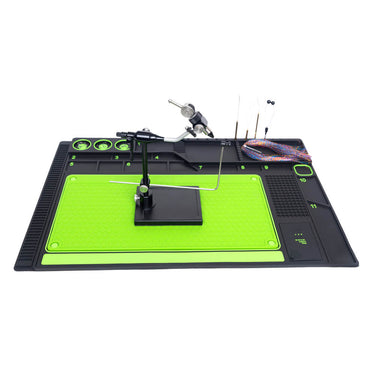Emerald-Hued Wings
Ah, the Blue Winged Olive—one of those flies that just works, you know? Whether you’re fishing it dry or wet, trout can’t seem to resist it. And why would they? It’s a dead ringer for those pesky little mayflies they’re always slurping off the surface.
So, let’s talk tying. You’ll wanna start with a short or medium shank hook—nothing fancy. For the body, olive dubbing or thread gets the job done, but keep it slim. I’ve seen guys go too thick, and let me tell you, smart trout turn their noses up at that real quick. Tail? Just a few hackle fibers or microfibbets. Simple.
Now, the wing—that’s where the magic happens. CDC feathers are my go-to; they’ve got that perfect flutter on the water. But hey, if you’re in a bind, mallard flank works too. Just split it upright, and you’re golden. For the hackle, grizzly or dun is the move. Wrap it nice and bushy around the thorax. That’s what gives it that lifelike kick, like a mayfly’s legs twitching on the surface.
Speaking of mayflies, this pattern’s all about imitating the Baetis. You’ll see these little guys hatching year-round, and trout go nuts for ’em. I remember one evening on the Madison—cloudy, drizzly, just miserable weather. But the Baetis were popping, and sure enough, this fly saved the day. Fish were rising like crazy.
Where to use it? Anywhere trout eat mayflies, really. Rivers, streams, even stillwater if you’re sneaky about it. But here’s the key: match the hatch. If you see Baetis on the water, tie this on and dead-drift it. No fancy tricks needed. Just let it ride the current like the real thing.
Oh, and if you’re more of a visual learner, there’s a killer tying video out there—I’ll dig up the link next time we’re at the shop. But honestly? Once you’ve tied a few of these, it’s like riding a bike. And trust me, your fly box won’t be complete without a handful.















